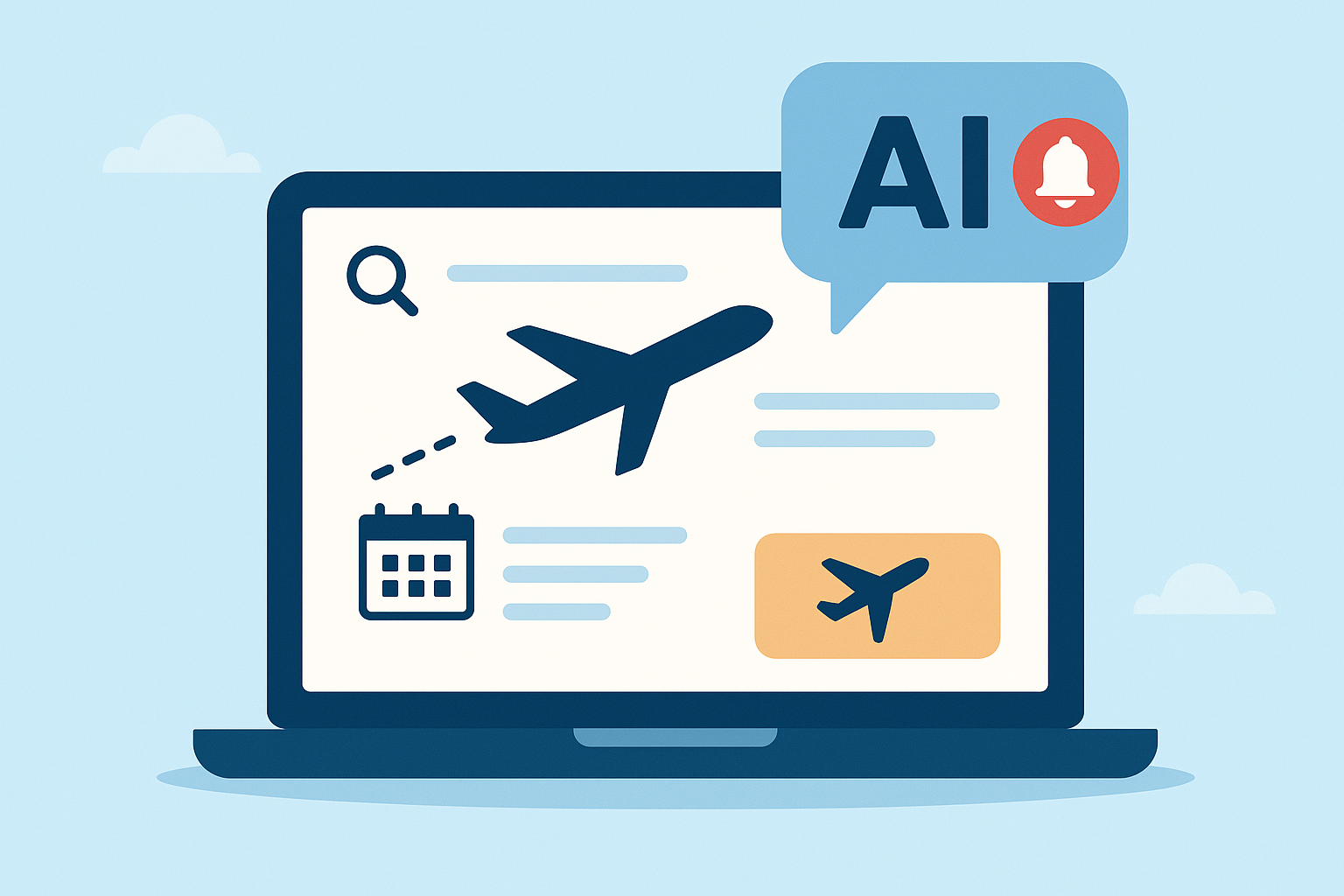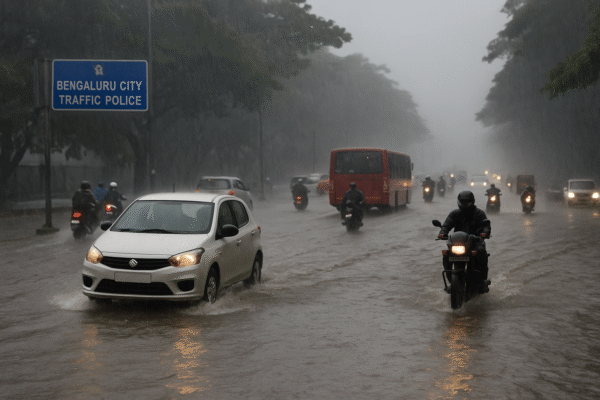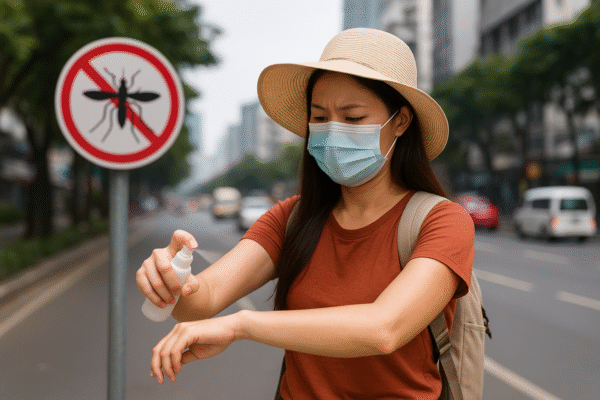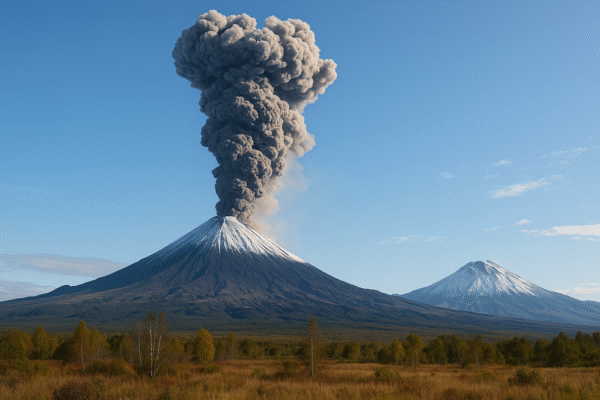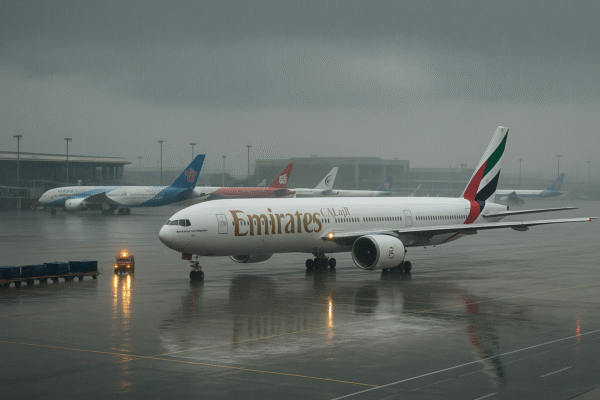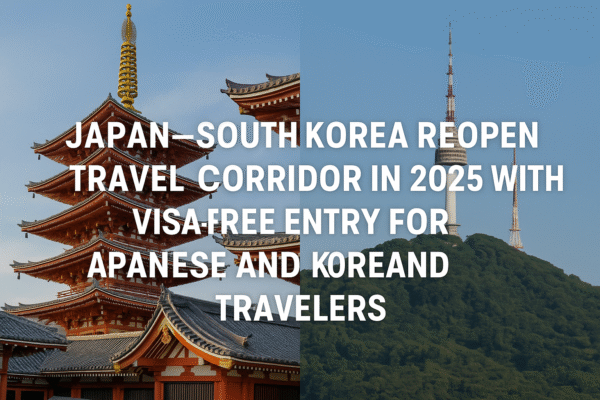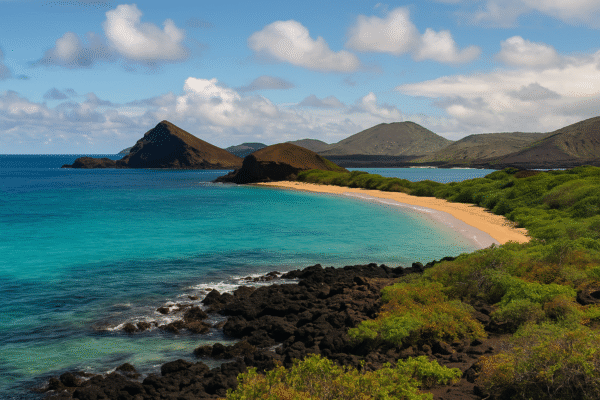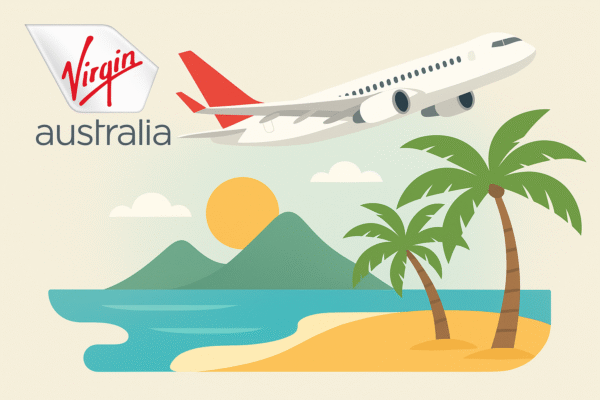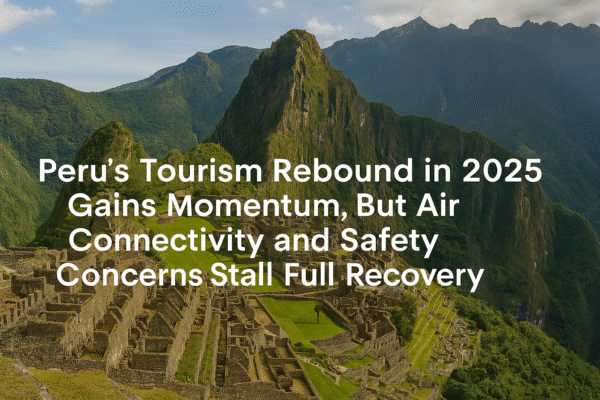Peru, famed for its iconic ruins, diverse ecosystems, and vibrant cultural history, continues its steady tourism recovery in 2025. According to the Ministry of Foreign Trade and Tourism (MINCETUR), the country received 1,362,135 international visitors between January and May—marking a 5.16% increase over the same period in 2024. However, this figure remains approximately 25% lower than the 1.82 million visitors seen in the first five months of 2019, signaling that a full rebound to pre-pandemic levels is still a work in progress.
Tourism Minister Desilú León acknowledged the positive trend but emphasized that Peru’s tourism sector needs deeper structural improvements to sustain and expand its gains. While the Andean nation remains an aspirational destination, particularly for adventure and cultural tourism, it is facing challenges that hinder its full return to prominence on the global stage.
Strong Demand from Regional and Emerging Markets
Latin America remains Peru’s strongest source of inbound visitors, with Chile, Ecuador, and the United States retaining top positions. These markets collectively account for a large share of the tourist arrivals in 2025. The Peruvian government has strategically maintained ties with neighboring countries, easing cross-border travel and increasing tourism flows.
Interestingly, emerging source markets are showing promising growth. Tourist arrivals from El Salvador doubled in early 2025, while China and Guatemala witnessed 30% and 31.3% increases respectively. These surges coincide with Peru’s trade diplomacy, including new or revised free trade agreements and targeted tourism marketing campaigns in Central America and Asia.
“Trade negotiations are playing a pivotal role in tourism diplomacy,” Minister León stated. “They open doors not just for commerce, but for cultural and people-to-people exchange that enhances inbound tourism.”
Iconic Sites Continue to Draw Visitors
Peru’s timeless attractions continue to captivate global travelers. Machu Picchu, one of the New Seven Wonders of the World, remains the crown jewel, drawing thousands of visitors monthly. Tourists also flock to the Sacred Valley, Lake Titicaca, Colca Canyon, and the Nazca Lines, reinforcing Peru’s reputation as one of South America’s most culturally and geographically rich nations.
Lima and Arequipa have also seen a resurgence in bookings, with cultural tours, gastronomy experiences, and heritage tourism gaining traction. Peru’s diverse tourism portfolio—from Amazon rainforest excursions to high-altitude Incan trails—remains unmatched in variety.
Persistent Barriers: Air Access, Perception of Insecurity, and Political Instability
Despite the modest recovery, Peru’s tourism industry continues to be held back by several critical factors:
1. Limited Air Connectivity
The pandemic’s aftershocks are still felt across international aviation. Many international airlines have not reinstated their pre-COVID flight routes to Peru, particularly from Europe and Asia. As of mid-2025, direct air access from long-haul markets remains limited, making Peru less competitive against countries with more frequent and convenient connections.
The Jorge Chávez International Airport in Lima, the country’s primary international gateway, is undergoing long-term expansions. Still, the immediate lack of airline capacity and direct flights is affecting tourist volumes from high-spending regions.
2. Safety and Stability Concerns
Peru has faced intermittent political unrest, labor protests, and road blockades in the past two years. While key tourism zones like Cusco and the Sacred Valley remain safe, news coverage of disturbances in other parts of the country has affected traveler confidence. Tour operators and local businesses continue to work closely with authorities to reassure tourists through clearer safety communication and secure travel arrangements.
3. Internal Instability and Business Disruption
The country’s fragile political environment has impacted the business climate, particularly for small and mid-sized enterprises that rely heavily on tourism. Operational uncertainty has affected service delivery, investment in infrastructure, and long-term planning within the sector.
Strategic Initiatives to Boost Tourism
The Peruvian government is actively working to overcome these hurdles. Initiatives currently underway include:
- Improving Air Connectivity: Negotiations are ongoing with international airlines to restore and expand air routes, particularly to Asia and Europe. The government has pledged to incentivize carriers through reduced airport charges and cooperative marketing programs.
- Destination Safety Campaigns: A nationwide “Travel Safe Peru” campaign has launched, spotlighting secure tourism corridors, verified transport operators, and real-time travel updates.
- Tourism Diversification: New tourism circuits are being developed to promote lesser-known but high-value destinations such as Kuelap Fortress, Gocta Falls, and the Amazon River basin, aiming to reduce crowding at primary sites while expanding regional benefits.
- Sustainable Tourism Emphasis: The Ministry is also collaborating with international organizations to promote eco-tourism and community-based travel models, aligning with global shifts in sustainable travel preferences.
A Positive Outlook for the Second Half of 2025
Looking ahead, industry experts remain cautiously optimistic. While Peru may not hit 2019 tourism benchmarks by year-end, the momentum is building. The World Travel & Tourism Council (WTTC) forecasts that Peru’s tourism GDP contribution could rise by 7% annually if strategic connectivity and stability measures are implemented consistently.
In the short term, major events such as Inti Raymi Festival in Cusco and culinary showcases in Lima are expected to attract more visitors, especially from North America and Europe. Coupled with expanding diplomatic engagement and marketing efforts, these events will help position Peru as a re-emerging destination of choice in South America.
Conclusion: A Path to Resilient Recovery
Peru’s inbound tourism sector is showing tangible progress, with a 5.16% year-on-year increase reflecting renewed global interest. However, challenges in air connectivity, safety perception, and internal political dynamics continue to delay a full-scale recovery.
To regain its pre-pandemic tourism standing, Peru must not only rely on its natural and cultural allure but also deliver on infrastructure, safety, and policy stability. With sustained effort and international collaboration, Peru can once again establish itself as a leading destination for global travelers seeking authentic, immersive, and unforgettable experiences in the heart of South America.
Read more travel news, follow Global Travel Wire.
Disclaimer:
This image is AI-generated and created for illustrative purposes only. It may not accurately represent the actual events, individuals, or locations described in the news article.
(Sources: CEIC Data, Riotimes Online, GoWithGuide, Domiruth Peru Travel, Peru Explorer, UNWTO, Wikipedia)



